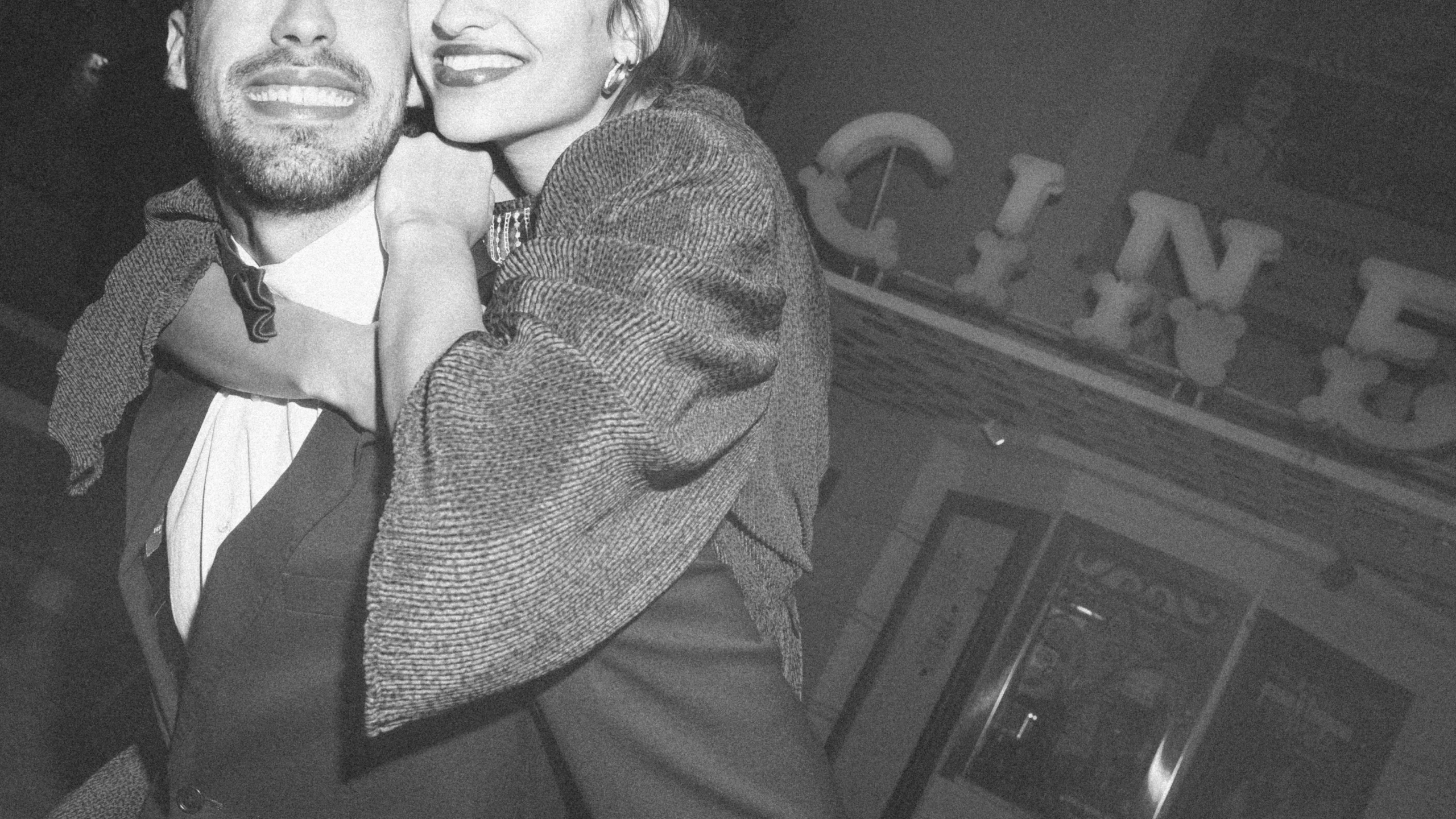The personal life versus public image of movie stars. In the public eye, movie stars embody glamour, confidence, and perfection. Their images are carefully cultivated through red carpets, interviews, and social media. But behind those polished appearances often lies a completely different reality—one of emotional struggles, personal battles, and complex identities.
The contrast between how stars are perceived and who they truly are has never been more discussed. Fans crave authenticity, yet celebrities are still expected to maintain a flawless public image. This duality—living two lives, one public and one personal—has become a defining trait of modern fame.
📸 Image vs. Identity: The Engine of Celebrity Culture
Hollywood studios and PR agencies have long played a central role in crafting star personas. From the Golden Age to today’s TikTok-driven celebrity culture, image management has been a core part of the industry.
Actors like Marilyn Monroe were marketed as carefree sex symbols while dealing with severe anxiety and substance dependence in private. Her biography reflects this stark dissonance between persona and truth. More recently, stars like Robin Williams, known for his humor and warmth, faced internal battles hidden from public view until tragedy struck.
The Price of Perfection
To maintain an idealized image, stars are often pressured to suppress parts of themselves—mental health struggles, relationship issues, or personal beliefs. This tension can lead to isolation, burnout, or emotional breakdowns, especially when personal realities contradict fan expectations.
What happens when a star’s private truth is exposed? Sometimes they’re celebrated for their vulnerability. Other times, they’re harshly judged. It all depends on how the media frames the narrative.
🤳 The Role of Social Media in Shaping (and Distorting) Reality
When the Filter Becomes the Truth
Social media has become the most powerful tool in shaping how movie stars are seen. With millions of followers watching every post, actors often present curated versions of their lives—picturesque vacations, smiling selfies, glamorous premieres. The result? A digital illusion that blurs the line between reality and performance.
Yet the illusion can backfire. For example, Armie Hammer was once celebrated for his sophisticated image and charming online persona—until allegations of abuse surfaced, shocking fans worldwide. The discrepancy between his digital image and private behavior sparked intense debate about trust and celebrity accountability.
📺 When Privacy Is Treated Like Public Property
Movie stars often lose control over their narrative due to the relentless pursuit of gossip. Paparazzi culture, though less dominant than in the early 2000s, still plays a significant role in shaping public opinion. Private moments—divorces, breakdowns, or simply going to the grocery store—are turned into viral headlines.
Think of Britney Spears, whose 2007 breakdown became tabloid fodder rather than a wake-up call for empathy. The pop icon’s highly publicized conservatorship battle later ignited the #FreeBritney movement, bringing serious attention to how celebrities’ mental health is exploited for entertainment. This Guardian timeline offers a compelling overview.
Celebrity Children and the Ethics of Exposure
The children of actors also become unintentional victims of public scrutiny. From Angelina Jolie and Brad Pitt’s custody battles to Tom Cruise’s estranged relationship with his daughter Suri, media outlets obsess over private details, often at the expense of the children involved.
Should a star’s family life be off-limits? That’s a question even fans wrestle with, especially in an era where entertainment news is just a click away.
🎭 Method Acting and Identity Confusion
When the Role Overtakes the Actor
The line between a performer’s personal life and professional identity can blur dramatically—sometimes literally. Many actors have spoken about the emotional toll of intense roles, especially when adopting method acting techniques. When playing complex characters for months at a time, it’s not uncommon for their own personality to become entangled with the persona they’re portraying.
Consider Heath Ledger’s haunting role as the Joker in The Dark Knight (2008). While it’s an overused myth that the role “drove him to death,” Ledger himself described in interviews how the immersion deeply affected his mental state. His 2007 New York Times profile highlighted the toll such performances can take on actors.
Personal Sacrifices for Career Image
Actors often suppress or alter parts of their real identity to fit the industry’s expectations. For decades, LGBTQ+ actors were discouraged from coming out publicly, fearing their personal truth might clash with their marketable screen persona.
⚖️ The Price of Authenticity in the Public Eye
There’s a curious paradox at play: movie stars are expected to be both superhuman and completely relatable. They’re applauded for luxury and fame—until they show signs of humanity.
The idea of relatability is a marketing tool—but for actors, it’s also a risk. Being too real can threaten an image meticulously crafted by agents and studios.
Redemption Arcs and Public Forgiveness
Hollywood also loves a comeback. After scandals or missteps, many stars attempt to “rebrand” themselves through public apologies, charity involvement, or image overhauls.
Take Robert Downey Jr., who transitioned from substance abuse and arrests to becoming the beloved face of Iron Man. His story is often cited as the blueprint for redemption in Hollywood—a rare but powerful reconciliation between personal growth and public narrative. This Rolling Stone feature details his transformation.
🧩 Fame, Isolation, and the Digital Age
Social Media: A Double-Edged Sword
In the era of Instagram and X (formerly Twitter), celebrities now have direct access to their audience—and vice versa. While this opens new opportunities for stars to humanize themselves and control their narrative, it also adds an immense layer of pressure.
Many stars struggle with the expectation to be “authentic” online while simultaneously curating content that maintains their marketability. What’s real? What’s performance? Even the casual selfie may be orchestrated by a publicist or brand team.
Parasocial Pressure and Fan Entitlement
Another layer to this conversation is the growing intensity of parasocial relationships. Fans often feel an emotional bond with stars, projecting expectations or even demanding behavior regulation.
Actors like Zendaya and Timothée Chalamet face near-constant scrutiny, with fandoms speculating about every personal move. A single relationship photo can generate thousands of online essays, while silence sparks rumors. This dynamic puts stars in a paradox: sharing more invites overexposure, but sharing less invites suspicion or backlash.
The more the audience demands “realness,” the more movie stars must perform it—paradoxically distancing them from true authenticity.
🎬 The Mask and the Mirror
There’s an old Hollywood saying: “Every star is two people—the one on screen, and the one off it.” In today’s media landscape, that divide is more visible than ever, yet harder to manage.
Movie stars aren’t just storytellers anymore—they’re brands, activists, style icons, cautionary tales, and sometimes targets. Their personal lives fuel headlines, while their public image sells everything from streaming subscriptions to fashion deals.
For every star who manages to merge their real identity with their career image, there are countless others struggling to maintain the act.



